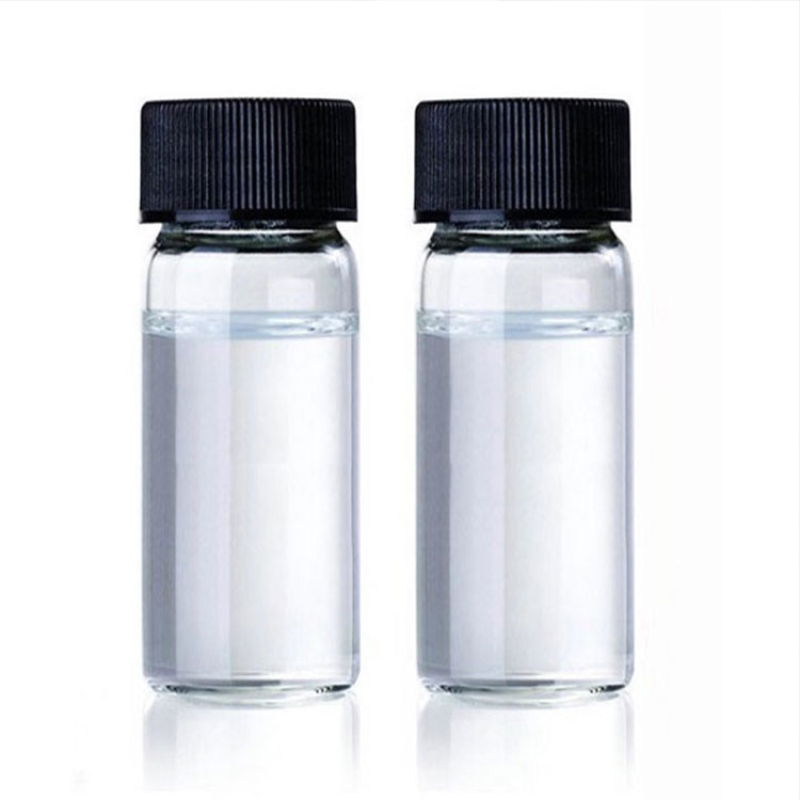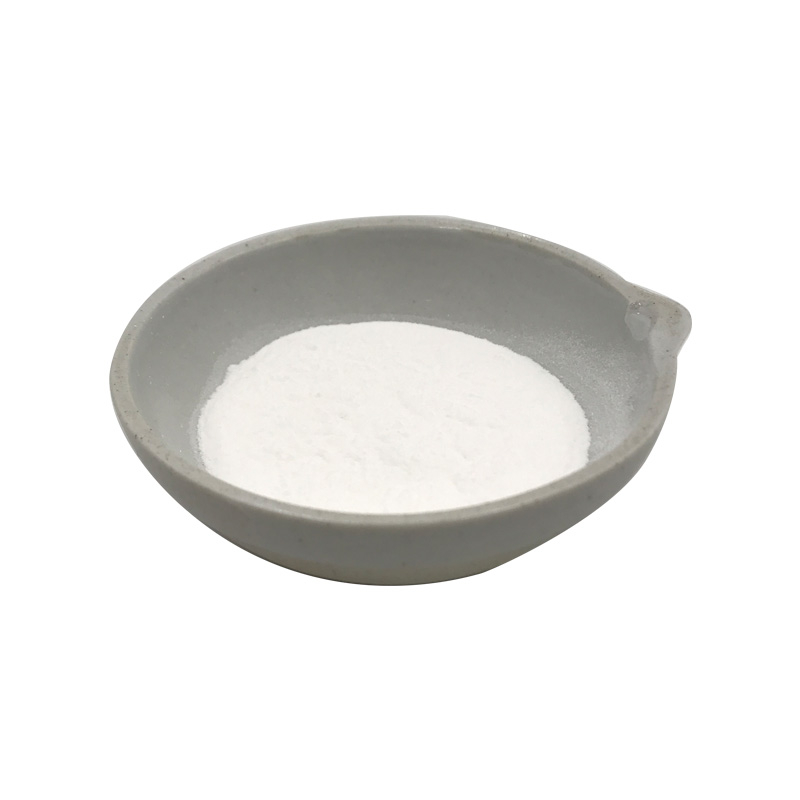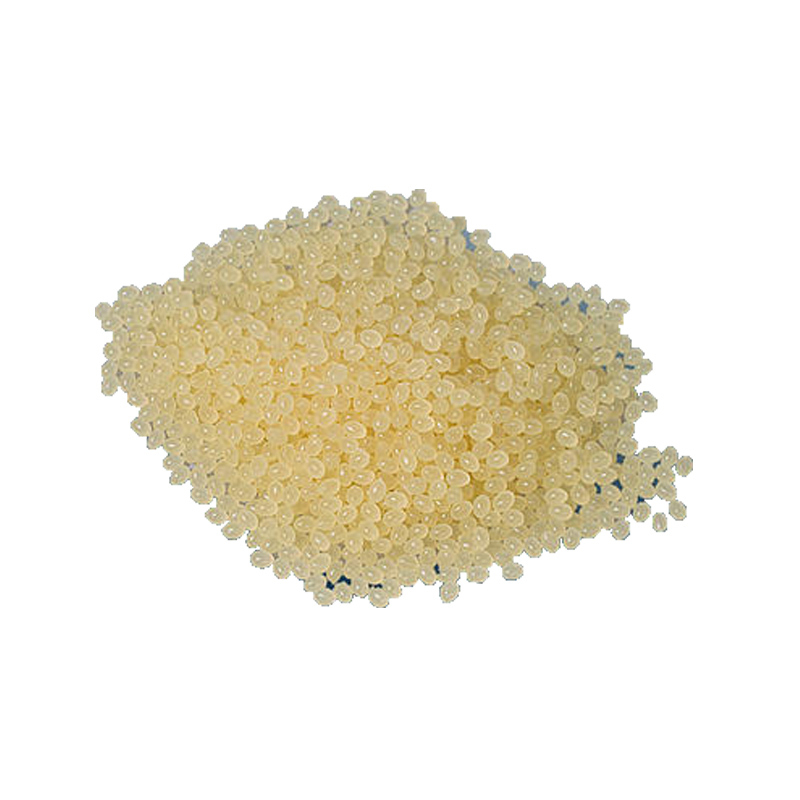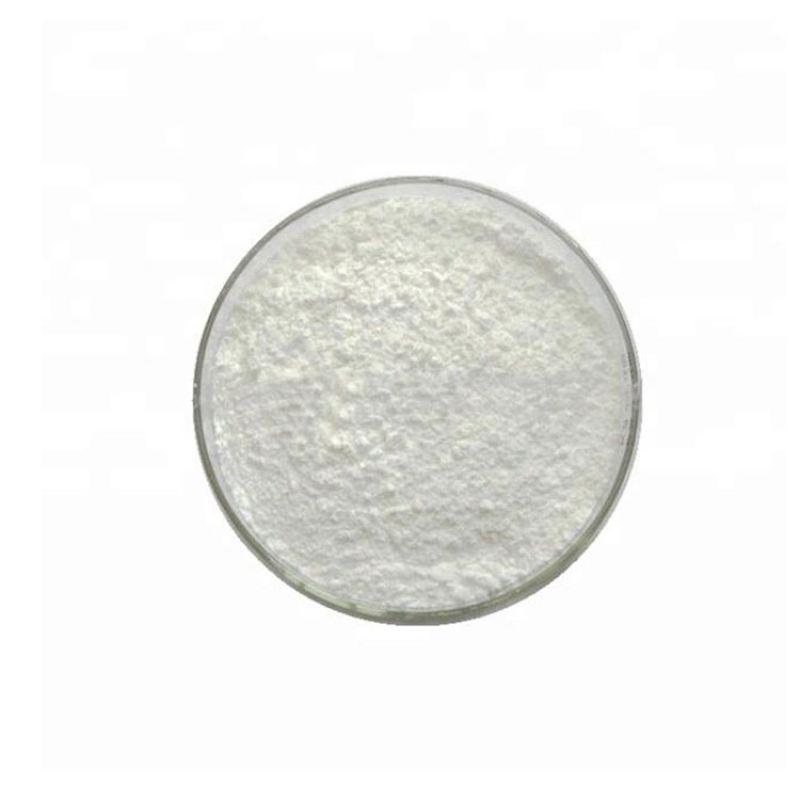Products Description of Methoxypolyethylene glycols CAS#9004-74-4Polyethylene glycol monomethyl ether is a derivative of polyethylene glycol. It is soluble in water, ethanol and most highly polar organic solvents. It is less volatile than glycerol, has stable chemical properties, is not easily hydrolyzed and destroyed, and has strong hydrophilicity. It has low vapor pressure and is stable to heat. It is used as a thickener and lubricant in the textile printing and dyeing industry and the daily chemical industry.
Contact Now
l-Glutamic acid, N-coco acyl derivs., disodium salts Chemical Propertiesdensity 1.318[at 20℃]vapor pressure 0Pa at 20℃pka1.52[at 20 ℃]Water Solubility 450g/L at 20℃LogP-4.48 at 20℃EPA Substance Registry SystemL-Glutamic acid, N-coco acyl derivs., disodium salts (68187-30-4)Factory and Equipment ShowFast delivery timeInventory 2-3 working days New production 7-10 working days
Contact Now
Products Description of N-LAUROYL-L-GLUTAMIC ACID CAS#3397-65-7N-(1-oxododecyl)-L-glutamic acid (9CI) is a chemical whose English name is L-Glutamicacid, N-(1-oxododecyl)-.N-LAUROYL-L-GLUTAMIC ACID Chemical PropertiesMelting point 95-96 °CBoiling point 543.6±40.0 °C(Predicted)density 1.081±0.06 g/cm3(Predicted)storage temp. Sealed in dry,Room Temperaturesolubility Aqueous Base (Slightly), Chloroform (Slightly)form Solidpka3.46±0.10(Predicted)color White to Off-WhiteLogP2.964 (est)EPA Substance Registry SystemL-Glutamic acid, N-(1-oxododecyl)- (3397-65-7)
Contact Now
Products Description of L-Arginine-L-Aspartate CAS#7675-83-4L-Arginine L-aspartate Chemical PropertiesMelting point 220-221 °Cstorage temp. 2-8°Csolubility Very soluble in water, practically insoluble in alcohol and in methylene chloride.color White to Off-WhiteStability:HygroscopicLogP-1.287 (est)CAS DataBase Reference7675-83-4(CAS DataBase Reference)EPA Substance Registry SystemArginine aspartate (7675-83-4)Product Application of L-Arginine-L-Aspartate CAS#7675-83-4Used as cosmetic amino acid nutrient, amino acid nutrient food additive, etc.
Contact Now
Products Description of Guanidine carbonate CAS#593-85-1Guanidine carbonate is a chemical substance with the chemical formula C2H10N6H2CO3 and its appearance is a white crystalline powder.Guanidine carbonate Chemical PropertiesMelting point >300 °C(lit.)density 1.25vapor pressure 0Pa at 25℃storage temp. Store below +30°C.solubility 450g/lform Crystalline Powderpka12.5[at 20 ℃]color White to almost whitePH11.7 (110g/l, H2O, 20℃)Water Solubility 450 g/L (20 ºC)BRN 3628359InChIKeyKMSRVXJGTIRNNK-UHFFFAOYSA-NLogP-1.63 at 20℃CAS DataBase Refe
Contact Now
Products Description of NEODYMIUM NITRATE HEXAHYDRATE CAS#16454-60-7The chemical formula of neodymium nitrate is Nd(NO3)3·6H2O. The molecular weight is 438.35. There are two variants, α and β, with a transition temperature of about 22°C. It is easily soluble in water and ethanol. It forms anhydrous salts by vacuum dehydration and decomposes by strong heat. It is easy to form complex salts with other nitrates.For example: 3Mg(NO3)2·2Nd(NO3)3·24H2O, 3Mn(NO3)2·2Nd(NO3)3·24H2O, 3Ni(NO3)2·2Nd(NO3)3·24H2O, etc.
Contact Now
Products Description of LANTHANUM ACETATECAS#917-70-4White powderLANTHANUM ACETATE Chemical Propertiesdensity 2.02[at 20℃]Water Solubility 100g/L at 20℃CAS DataBase Reference917-70-4(CAS DataBase Reference)EPA Substance Registry SystemLanthanum acetate (917-70-4)Factory and Equipment ShowFast delivery timeInventory 2-3 working days New production 7-10 working days
Contact Now
Products Description of Prussian Blue CAS#14038-43-8Prussian Blue, also known as Berlin Blue, Gong Blue, Iron Blue, Milori Blue, Chinese Blue, Milori Blue, Hualan. It is an ancient blue dye that can be used for glazing and oil painting dyes. Prussian blue brings us a breathtaking beauty. It is not only a unique color, but also reflects a precipitated texture.Prussian blue is a blue dye discovered in 1706. Its structure is composed of Fe (II) and Fe (III) coordinated with cyano (-CN-).
Contact Now
DIOLEYL PHOSPHONATE CAS#64051-29-2Among various lubricants, dioleyl phosphonates can improve the anti-wear and load-bearing capacity of lubricants, reduce friction coefficient, lower equipment operating temperature, and improve equipment reliability and life. Adding to fuel can improve fuel combustion performance, reduce engine wear and carbon deposition, and reduce exhaust emissions.
Contact Now
Products Description of L-Histidine hydrochloride monohydrate CAS#5934-29-2White crystals or crystalline powder. Odorless. Slightly sour and bitter. Melts and decomposes at about 250% (after drying). Stable in nature. Aqueous solution is acidic (pH 3.5-4.5). Easily soluble in water (39g/100ml, 24℃), much more solubility in water than L-histidine. Insoluble in ethanol and ether. It is a quasi-essential amino acid (essential amino acid for infants and young children), and is synthesized slowly in the human body. Lack of it can lead to developmental delay, eczema and other symptoms.
Contact Now
Products Description of Neosperidin dihydrochalcone CAS#20702-77-6Neohesperidin dihydrochalcone (NHDC) is a new sweetener that is hydrogenated from neohesperidin extracted from natural citrus plants. It has high sweetness, good taste, long-lasting aftertaste, and low calories.
Contact Now
Products Description of Diethyl Ethoxymethylenemalonate CAS#87-13-8Ethoxymethylene, also known as diethyl ethoxymethylenemalonate, is a colorless, transparent and viscous liquid. It is an important pharmaceutical intermediate and is widely used in the synthesis of medicines, pesticides and auxiliaries.
Contact Now
Cyclohexane CAS# 110-82-7Cyclohexane is a normal alicyclic hydrocarbon, which is a ring shape composed of six carbon atoms, every of which is linked to two hydrogen atoms. It has two most important conformations: chair and boat, of which the chair conformation is the most stable. It is a colorless liquid with a pungent smell at room temperature and pressure. It is insoluble in water, however miscible with most natural solvents such as ethanol, ether, benzene, and acetone.
Contact Now
Products Description of POLY(METHYLSILSESQUIOXANE) CAS#68554-70-1White powderPOLY(METHYLSILSESQUIOXANE) Chemical Propertiesdensity 1,08 g/cm3refractive index 1.42Fp >121°Csolubility Insoluble in water.form SolidSpecific Gravity1.08color Clear. White.EPA Substance Registry SystemSilsesquioxanes, Me (68554-70-1)Safety InformationRisk Statements 36/37/38Safety Statements 26-36/37/39TSCA YesFactory and Equipment ShowFast delivery timeInventory 2-3 working days New production 7-10 working days
Contact Now
Products Description of Cuprous bromide CAS#7787-70-4Cuprous bromide is white powder or cubic crystal, with a melting point of 498°C and a boiling point of 1345°C.
Contact Now
Products Description of Poly(dimethylsiloxane)CAS#9016-00-6Depending on the relative molecular mass, the appearance of polydimethylsiloxane ranges from colorless and transparent volatile liquid to extremely high viscosity liquid or silica gel. It has physiological inertness, good chemical stability, electrical insulation and weather resistance, a wide viscosity range, a low freezing point, a high flash point, good hydrophobicity, and high shear resistance. It can be used for a long time at a temperature of 50 to 180°C.
Contact Now
POLY(METHYLSTYRENE-CO-INDENE) CAS#69430-35-9It has good thermal stability and chemical stability, and is not prone to chemical reactions under normal conditions. However, under extreme conditions such as high temperature, strong acid, and strong alkali, its chemical structure may be affected to a certain extent.
Contact Now
Products Description of Poly(vinyl alcohol)CAS#25213-24-5White powderPoly(vinyl alcohol) Chemical PropertiesMelting point >300 °CEPA Substance Registry SystemVinyl acetate vinyl alcohol polymer (25213-24-5)Safety InformationRisk Statements 23/24/25-36/38-39/23/24/25Safety Statements 26-36/37-45WGK Germany 1RTECS TR8100000 Factory and Equipment ShowFast delivery timeInventory 2-3 working days New production 7-10 working days
Contact Now
Products Description of Poly(L-lysine hydrobromide) CAS#25988-63-0Antioxidants, Chelating Agents, PreservativesPoly(L-lysine hydrobromide) Chemical Propertiesstorage temp. 2-8°Cform lyophilized powderStability:Stable. Incompatible with strong acids, strong bases. Safety InformationWGK Germany 3F 3-10Product Application of Poly(L-lysine hydrobromide) CAS#25988-63-0Only a trace amount of polylysine needs to be added to food to be effective, and it will not affect the taste of the food. It can be used as a natural preservative for food.
Contact Now
Products Description of 1-Ethoxy-2-propanol CAS#1569-02-4Colorless transparent liquid.
Contact Now
Products Description of Aminobutyric Acid CAS#56-12-2It is used in biochemical research and medicinally to treat various diseases caused by hepatic coma and cerebrovascular disorders. Pharmaceutical intermediates. 4-Aminobutyric acid has the effect of lowering blood lipids and is suitable for the treatment and prevention of various types of hepatic coma. It can treat poliomyelitis, cerebral hemorrhage, and can be used as an antidote for gas poisoning. Also used in biochemical research and organic synthesis. It can reduce blood ammonia and promote brain metabolism.
Contact Now
Products Description of Benzyl alcohol CAS#100-51-6Benzyl alcohol, also known as benzyl alcohol, has a molecular formula of C6H5CH2OH and a density of 1.045 g/mL at 25°C (lit.). It is the simplest fatty alcohol containing phenyl groups and can be regarded as hydroxymethyl-substituted benzene or phenyl-substituted methanol. It is a colorless, transparent, viscous liquid with a faint aromatic odor. Sometimes, after being left for a long time, benzyl alcohol will have a slight smell of bitter almonds due to oxidation.
Contact Now
Products Description of O-Phenanthroline CAS#66-71-71,10-Phenanthroline monohydrate is an organic intermediate, white crystalline powder. It is a redox indicator, a reagent for the determination of ferrous iron, palladium, vanadium, copper, and iron.Monohydrate is a white crystalline powder.
Contact Now
Products Description of Hexafluorobisphenol A CAS#1478-61-1Bisphenol AF is also known as hexafluorobisphenol A, 2,2-bis(4-hydroxyphenyl)hexafluoropropane, 2,2-bis(4-hydroxyphenyl)hexafluoropropane, etc., referred to as BPAF. It is slightly soluble in carbon tetrachloride, difficult to dissolve in water, and easily soluble in organic solvents such as ethanol, acetone, ether, toluene, and strong alkaline solutions.
Contact Now
































